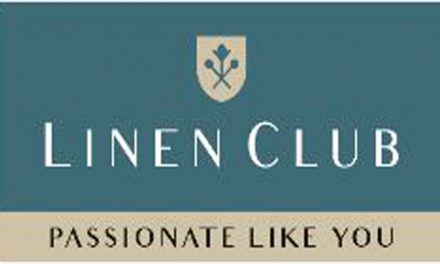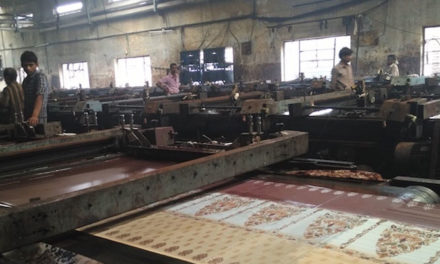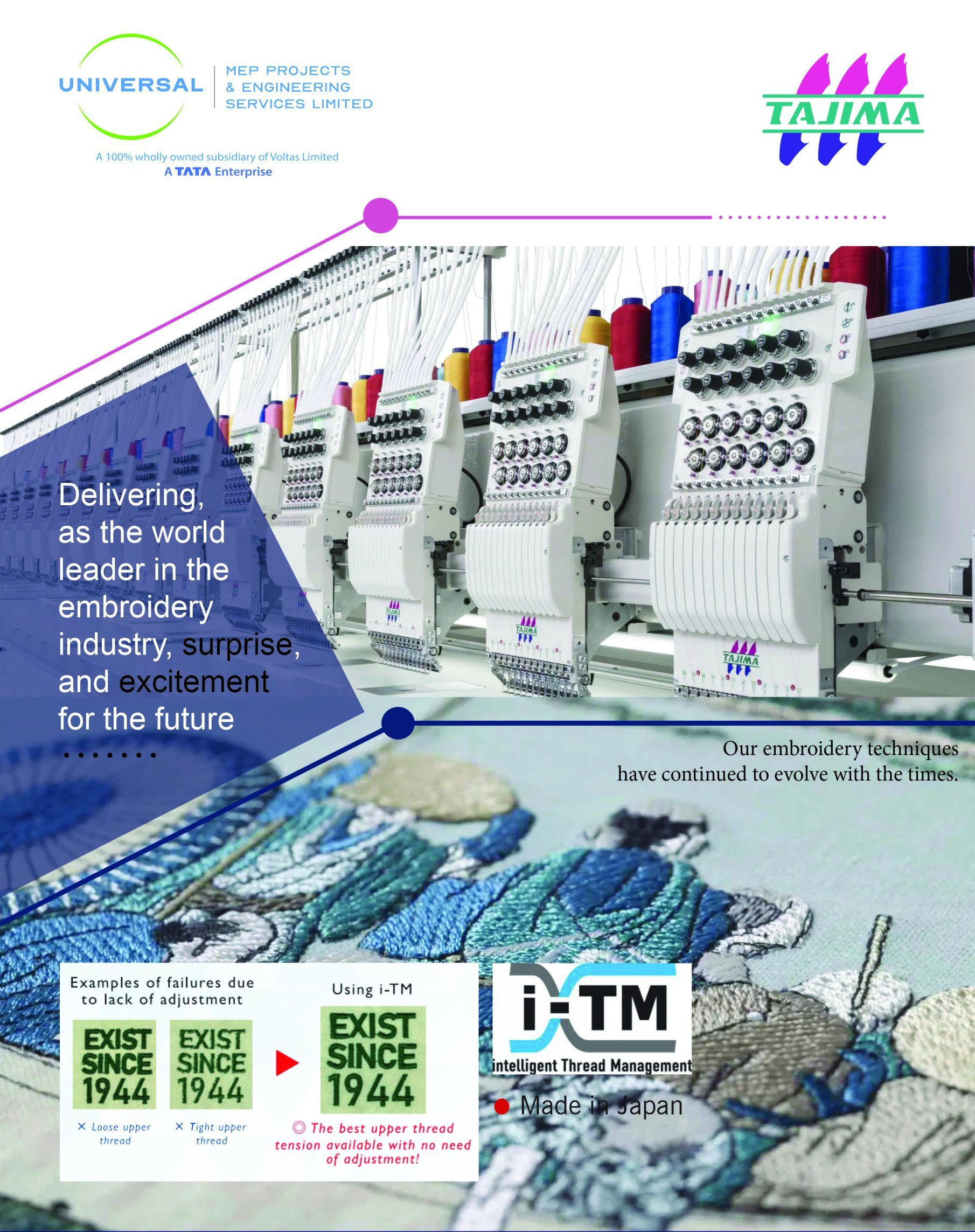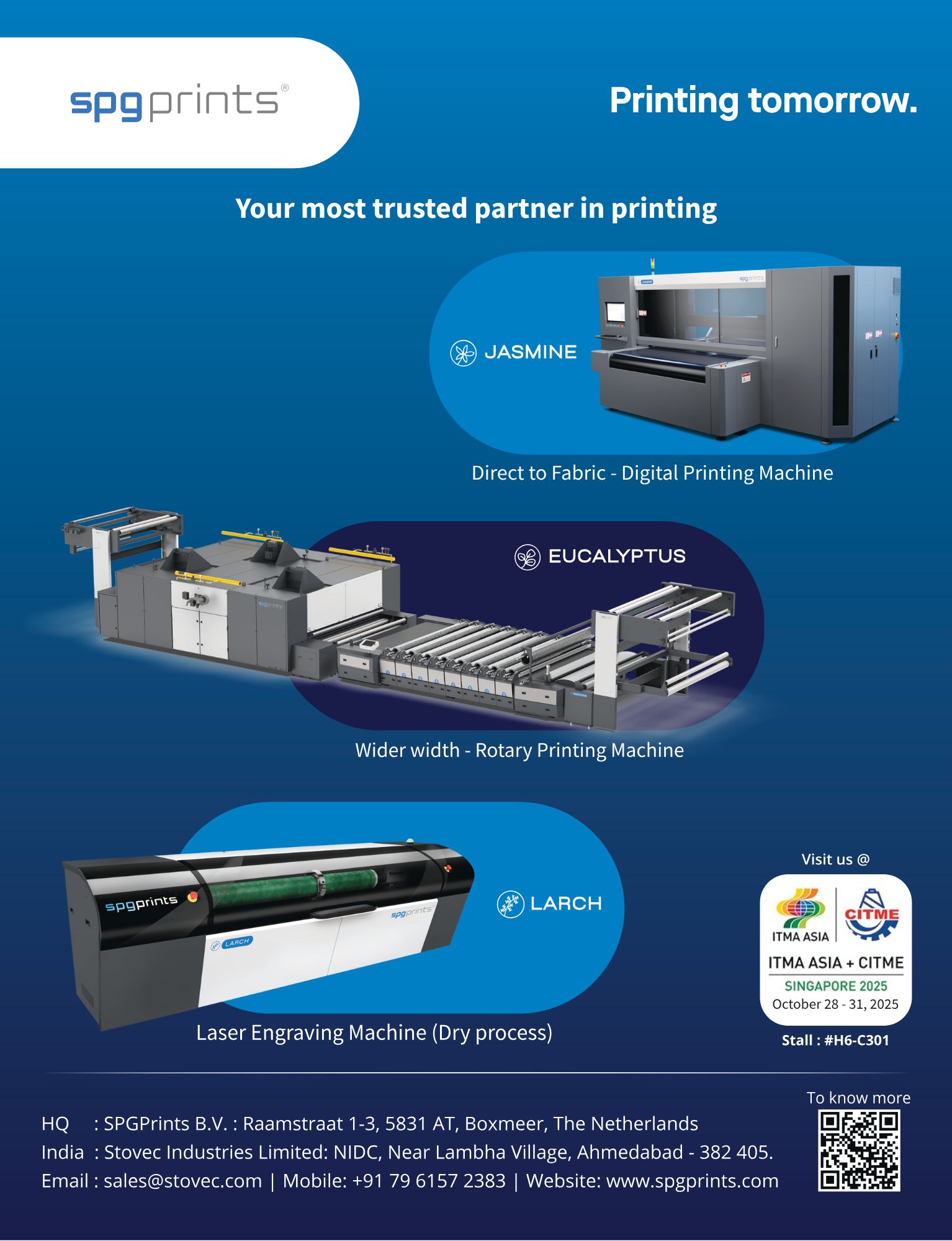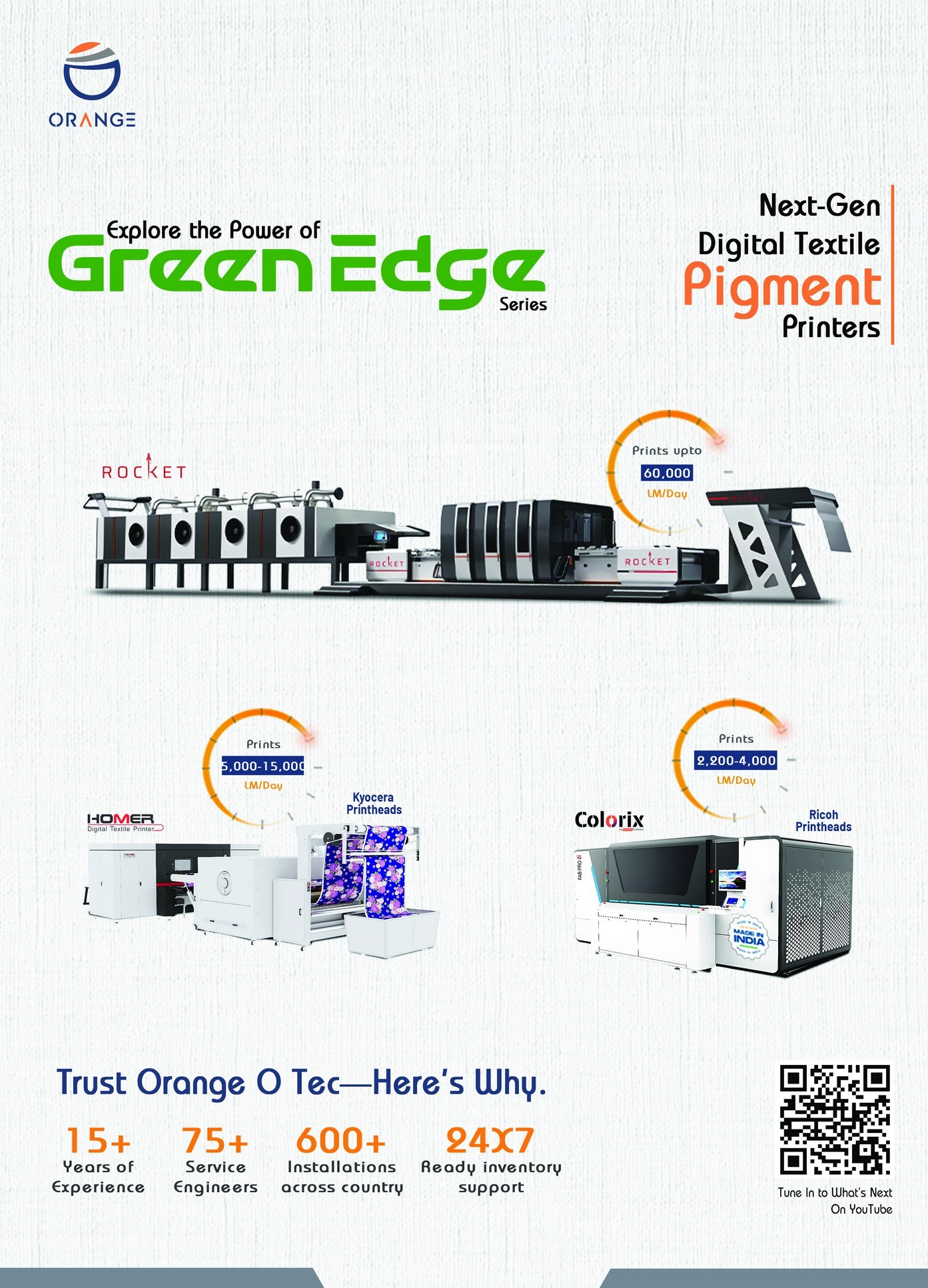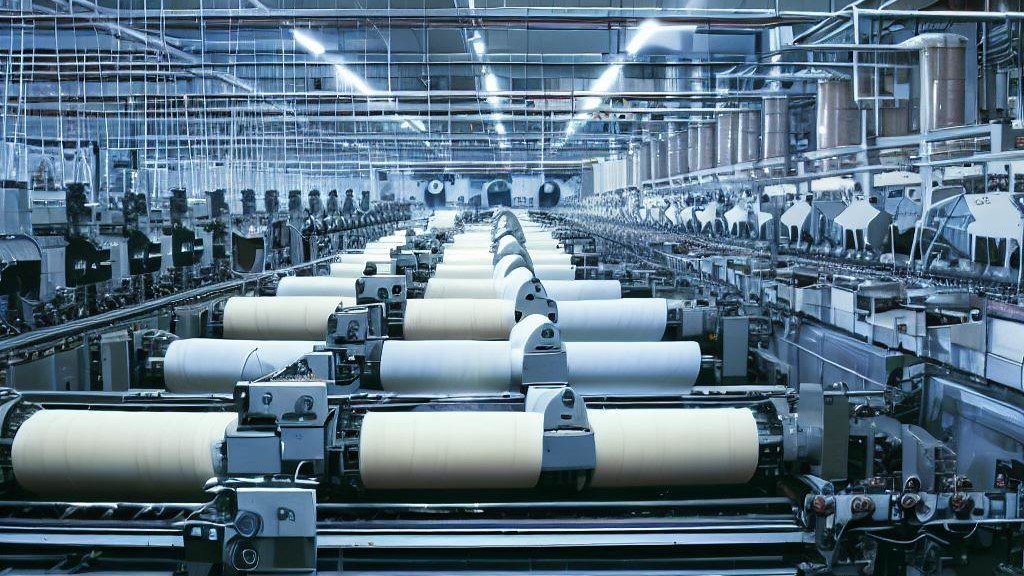 Uttar Pradesh is set to reap significant benefits from disruptions in the textile industry caused by political unrest in Bangladesh. Recent estimates suggest that between 700 and 1,000 small and medium-sized textile and clothing factories in Bangladesh have closed due to the ongoing turmoil. This situation positions Uttar Pradesh to attract displaced businesses and bolster its own textile sector.
Uttar Pradesh is set to reap significant benefits from disruptions in the textile industry caused by political unrest in Bangladesh. Recent estimates suggest that between 700 and 1,000 small and medium-sized textile and clothing factories in Bangladesh have closed due to the ongoing turmoil. This situation positions Uttar Pradesh to attract displaced businesses and bolster its own textile sector.
According to sources, major brands have proposed to the Yogi Adityanath Government to open stores at a new textile park on Lucknow-Hardoi Road. There are 1,162 acres in the park. Arvind Mills, Vardhman, Mukesh Ambani’s Reliance Industries Ltd., Ahuja Textile Mill, and others are proposing an investment of Rs. 10,000 cr there.
According to a representative of the textile ministry, work linked to infrastructure and the allocations of plots in the textile park are now underway. This textile park could house 400 large and small units, directly employing about 50,000 people.
“India’s leading companies are expanding their production capabilities in order to meet the influx of new orders. The forthcoming textile park in Lucknow has given major firms a convenient chance to increase their production capacity,” said Rakesh Sachan, the MSME, Khadi and Textile Minister in the State Government. He said that in addition to producing clothing and yarn, the textile park will offer full support for marketing, design, and export.
India has set a goal to export clothes worth US $ 100 billion over the next five years. As the third-largest textile producer in India, UP places a high value on the handloom and textile industries. It is extremely important to the state’s economy and employs a sizable number of people.
On a first-come, first-served basis, Rs. 300 cr has been set aside for manufacturing businesses. A road network, a water and power supply that is available around-the-clock, warehouses, a zero liquid discharge wastewater treatment plant, training and skill development facilities, an administrative building with a product display area, and an exhibition hall with a testing laboratory are all examples of the park’s common infrastructure. The park will also feature housing areas, worker hostels, medical facilities, and commercial and recreational facilities.


